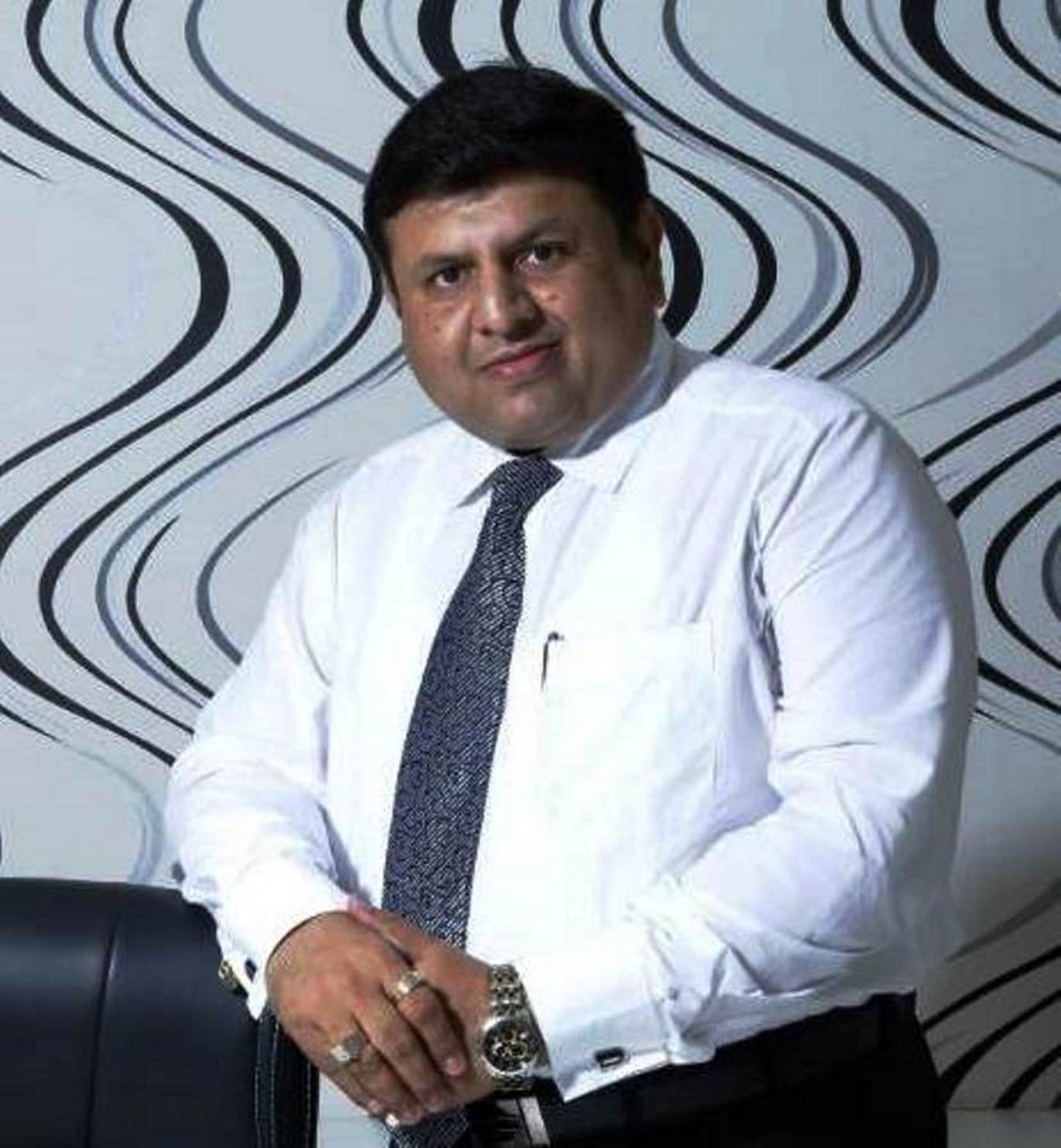Diagnostic industry looks for Make in India dosage
June 22, 2017 | Thursday | Interviews
The higher awareness on the one hand coupled with increased spending and the growing disease burden on the other hand have spurred this medical technology sector in general and the diagnostic industry in particular. Viral Gandhi Chairman Voxtur Bio Ltd shares his views on diagnostic industry
Over the last few years, the Indian healthcare industry has grown exponentially on account of many reasons, including the increasing awareness about the need for quality healthcare, better disposable income at hands and widened coverage. One of the direct beneficiaries of this growth has undoubtedly been the medical diagnostic industry.
The higher awareness on the one hand coupled with increased spending and the growing disease burden on the other hand have spurred this medical technology sector in general and the diagnostic industry in particular. We see better diagnostic infrastructure, increasing corporate presence, expansion of pathology labs into smaller towns and rural areas, development of clinical market and above all growing penchant among the population for preventive healthcare, which all together augur well for the industry ahead. But, it is still far below its potential.
India accounts for just one percent of the global diagnostic industry. Studies show that the domestic diagnostic industry is expected to grow at CAGR of 20 percent to $32 billion by 2022. The medical diagnostic industry is divided into in-vitro diagnostics (IVD) and in-vivo diagnostics. Of these, the global IVD market was estimated to be $60.3 billion in 2015 and is poised to grow at a 5 year CAGR of 6.1% to $81 billion by 2020. But estimates project a 15-20% growth for Indian IVD market that will touch $ 1.5 – $ 1.7 billion market by 2020.
More importantly we will see this growth happening across the board, whether it is biochemistry, immunoassays, hematology, reagents, molecular diagnostics, and microbiology or tissue diagnostics.
The Indian diagnostic industry comprises of over 1, 00,000 laboratories at present, other than the vast number of hospitals. Out of these, 70 per cent labs cater to pathology services and around 30 per cent cater to radiology and imaging requirements. The market for diagnostics highly competitive and the increasing competition continuously pushes the laboratories to improve quality and provide rapid results which are key to treatment. The laboratories are trying to distinguish themselves by using better reagents and instrumentation. But, the market is heavily dominated by the multinationals who control over 60%, though in the recent times, the domestic players are coming up.
There is a huge potential and scope for the indigenous players, especially to make the market more affordable for the common man. Here is the significance of weaving the ambitious Make in India initiative into diagnostic industry, especially the manufacturing segment.
As part of the “Make in India” initiative launched in September 2014 to position India as a global manufacturing hub, the medical device industry was identified as a focused sector by the Indian government. A task force constituted by the Department of Pharmaceuticals (DoP) to look into the issues faced by the industry recommended the segregation of medical devices from the definition of ‘drugs’ and facilitated brownfield and greenfield investments in the sector, via the automatic route. This is expected to attract foreign capital and technology in the rapidly growing Indian medical devices sector and boost its potencies.
In order to realize the finer principles of the “Make in India” policy in a holistic manner and drive the on-ground development of the domestic medical devices sector and provide it with a competitive edge in the global milieu, the government needs to create a conducive and investor-friendly environment. Emphasis also needs to be placed by the government of India on formulating policy programs for bolstering the regulatory framework, providing improved infrastructure, strengthening manufacturing capacities, enhancing Research & Development capabilities and creating a talent pool of qualified personnel. The government needs to increasingly incentivize domestic and global device manufacturers and provide a growth-oriented pathway to the industry to usher in innovative business practices and operational wavelengths. The “Make in India” initiative can prove a game-changer in the manner in bringing a large chunk of the population across diverse economic segments in the institutional healthcare framework through rationalizing the costs of devices and enabling people to avail of low-cost treatment options. The manufacturing capacities of the domestic devices industry needs to be strengthened by correcting the inverted duty structure and reducing raw material procurement tariffs and input costs.










